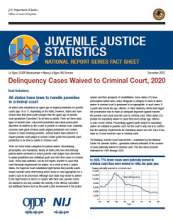Modeling the Social and Spatial Proximity of Crime: Domestic and Sexual Violence Across Neighborhoods
Date Published
2021
Agencies
NIJ-Sponsored
Publication Type
Research (Applied/Empirical)





